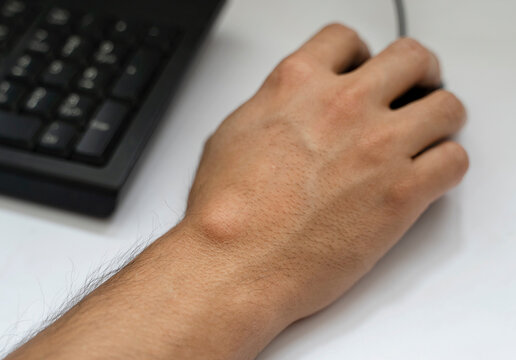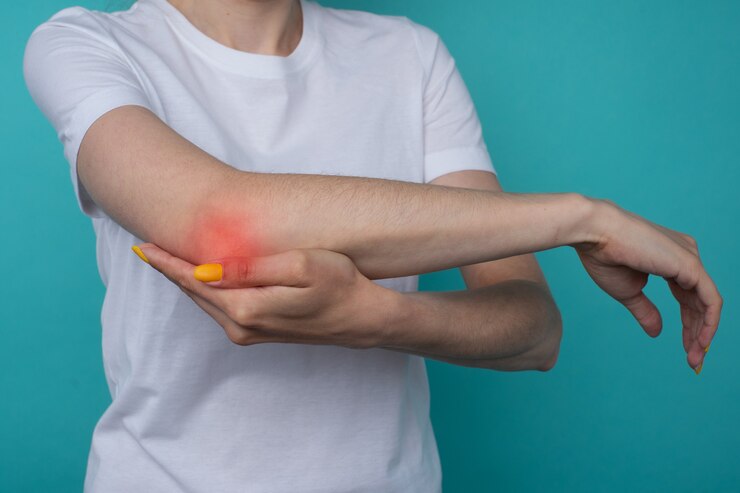Lipomas are benign tumors composed of fatty tissue that can develop anywhere in the body. While they are generally harmless and often require no treatment, there are several treatment options available for individuals who wish to remove them for cosmetic reasons or if they cause discomfort. This guide explores the various treatment options for Lipoma Treatment In Dubai, their effectiveness, and what to consider before proceeding with treatment.
Understanding Lipomas
Before diving into treatment options, it's essential to understand what lipomas are. They typically appear as soft, movable lumps under the skin, ranging in size from a few millimeters to several centimeters. Although usually painless, they can occasionally cause discomfort if they press against nearby nerves or tissues.
When to Consider Treatment
Not all lipomas require treatment. Consider treatment if:
- The lipoma is painful or causes discomfort.
- It is located in a visible area and affects your self-esteem.
- It grows rapidly or changes in appearance.

Treatment Options for Lipomas
1. Surgical Excision
Description: Surgical excision is the most common and effective treatment for lipomas. The procedure involves removing the lipoma along with its capsule.
Procedure: The area around the lipoma is numbed with local anesthesia, and an incision is made to excise the lipoma. The incision is then closed with stitches.
Effectiveness: This method usually provides a permanent solution, as the entire lipoma is removed, minimizing the risk of recurrence.
Considerations: There may be some scarring post-surgery, depending on the size of the incision.
2. Liposuction
Description: Liposuction is a minimally invasive technique used to remove fat from a lipoma.
Procedure: A small incision is made, and a thin tube (cannula) is inserted to suction out the fatty tissue. This method is suitable for smaller lipomas.
Effectiveness: Liposuction may not remove the entire lipoma, which can lead to a chance of recurrence. However, it typically results in less scarring than surgical excision.
Considerations: The outcome may vary, and some lipomas may not respond well to liposuction.
3. Steroid Injections
Description: Steroid injections can be used to shrink lipomas, although they are less commonly employed than surgery or liposuction.
Procedure: A corticosteroid is injected directly into the lipoma to reduce its size.
Effectiveness: This method may help in reducing the size of the lipoma but does not guarantee complete removal.
Considerations: This treatment may require multiple sessions, and results can be variable.
4. Cryotherapy
Description: Cryotherapy involves freezing the lipoma with liquid nitrogen to destroy the fatty tissue.
Procedure: The lipoma is exposed to extremely cold temperatures, causing the fat cells to die.
Effectiveness: This method may be effective for small lipomas, although complete removal is not guaranteed.
Considerations: This treatment is less common and may result in skin discoloration or scarring.
5. Observation
Description: In many cases, especially if the lipoma is small and asymptomatic, observation may be the best approach.
Procedure: Regular monitoring of the lipoma is done without intervention unless changes occur.
Effectiveness: This is a non-invasive option for individuals who do not wish to undergo surgery.
Considerations: Patients should remain vigilant for any changes in size or discomfort.
Choosing the Right Treatment
When deciding on the best treatment for a lipoma, consider the following factors:
- Size and Location: Larger lipomas or those located in sensitive areas may require surgical removal.
- Symptomatology: If the lipoma is causing pain or discomfort, surgical options may be more appropriate.
- Aesthetic Concerns: If the appearance of the lipoma affects self-esteem, consider treatments that provide the best cosmetic results.
- Medical History: Discuss any underlying health conditions with your healthcare provider that may influence treatment decisions.
Consultation with a Healthcare Provider
Before proceeding with any treatment, it is essential to consult with a qualified healthcare provider. They can evaluate the lipoma, recommend the most suitable treatment options, and discuss potential risks and benefits.
Post-Treatment Care
Regardless of the treatment chosen, proper post-treatment care is crucial for optimal healing. Follow your healthcare provider's instructions regarding wound care, activity restrictions, and signs of complications to watch for during recovery.
Conclusion
Lipomas are common and generally harmless, but various treatment options are available for those seeking removal. Surgical excision remains the gold standard for complete removal, while liposuction, steroid injections, and cryotherapy offer alternative approaches. Careful consideration of personal circumstances, along with professional guidance, will help ensure the best outcome. If you have any concerns or questions about lipomas or their treatment, consult with a healthcare provider for personalized advice.





Comments